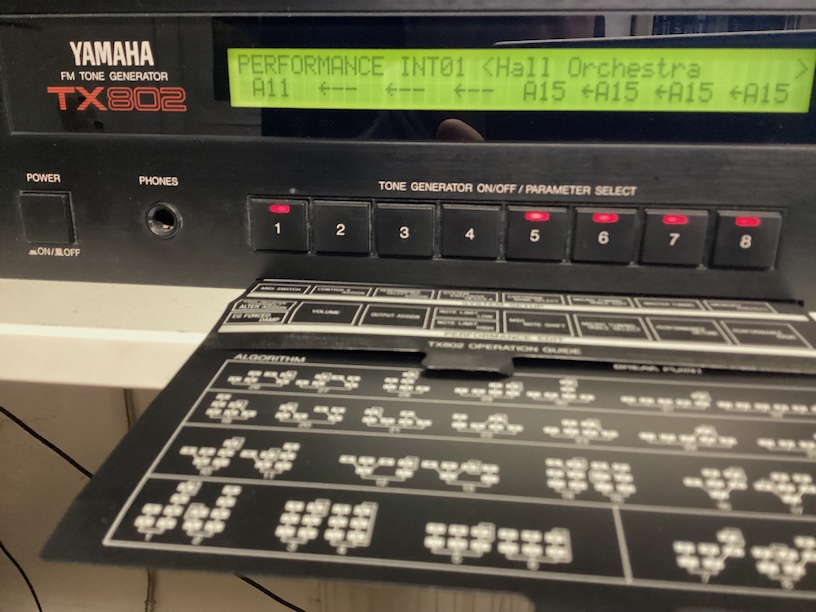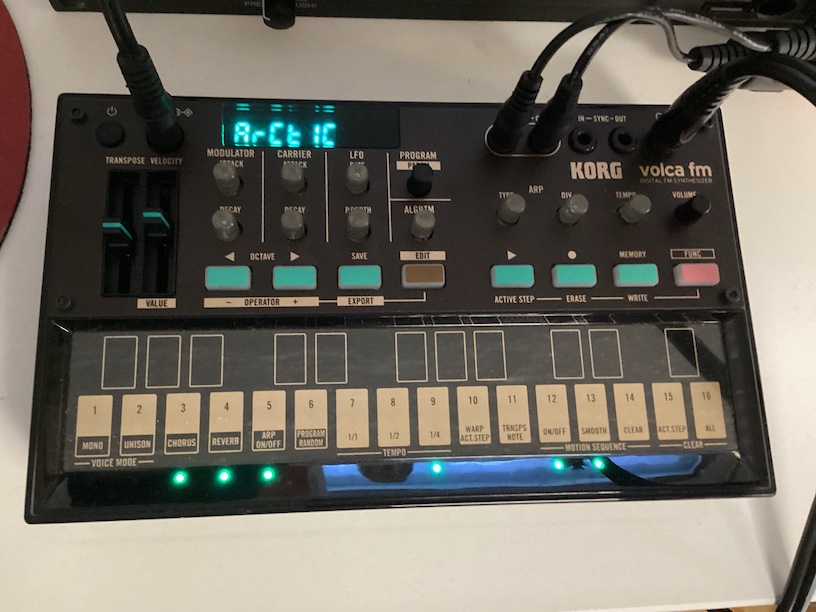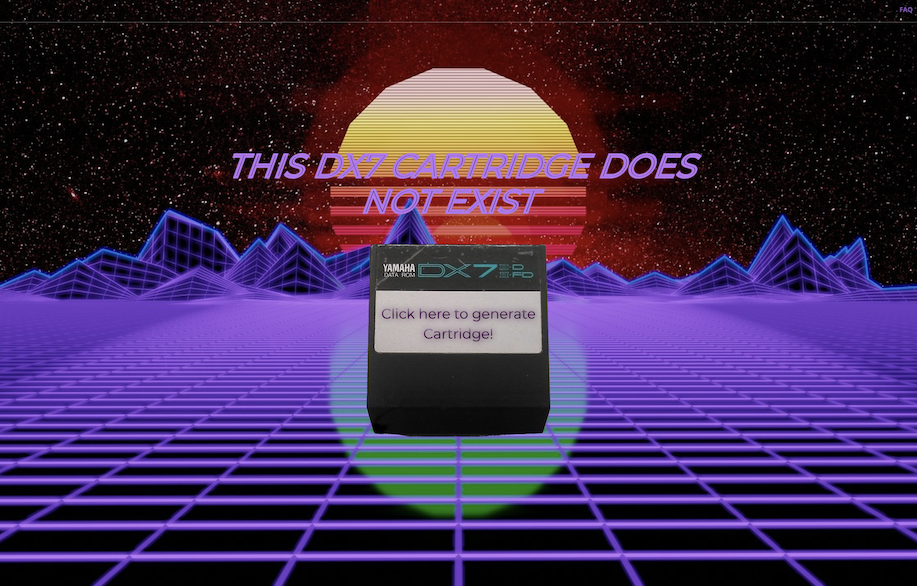DX7 All the Things!
The legendary Yamaha DX7. What is left to say about it? The origin story should be well known to all synthesizer fans, but just in case you have been left in the dark, here goes.
As the 1960's turned into the 1970's John Chowning was researching electronic music at Stanford University. Experimenting with fast vibrato he found out that new timbres would appear when sine wave oscillators were used to modulate each other. The technology was licensed to Yamaha, who made the first synthesizers using what became known as Frequency Modulation or FM synthesis.
The Yamaha DX7 became not only the most popular FM synthesizer, but one of the most popular synths of all time, selling more than 200,000 units between 1983 and 1986 alone. Yamaha made many variations of the DX7, and the sounds from the original and its derivations completely dominated the airwaves in songs by Michael Jackson, Whitney Houston, A-Ha, Phil Collins, and many others in the Top 40, but also less commercial artists like Brian Eno, who was one of the relatively few musicians who actually took a deep dive into programming FM sounds. Many of the DX7 preset sounds became almost cliches because they were so widely used.
The effect of the DX7 has been researched by Megan Lavengood, while Dave Benson has maintained a compendium of information. The circuitry and sound making methods of the DX7 have been analyzed from a technical point of view by Ken Shirriff and Anthony, among others.
The original preset voices of the DX7 were made by Dave Bristow and Gary Leuenberger in a very short time. If you are interested in how that came about, you can watch a video of Bristow relating the story.
The DX7 has six sine wave operators which can be connected together using 32 different algorithms. These configurations determine which of the operators are the carriers, and which are the modulators. Some later FM synths only have four operators, or even just two. The original DX7 was 16-voice polyphonic, and a later rack version of the DX7II, the TX802, was essentially eight DX7 engines in one instrument, each with an individual output jack.

The DX7 was and remains a masterpiece of digital engineering from a forward-looking and ambitious company. It certainly deserves its success, and its legacy is enduring.
Modern clones and emulations
There is an amazing number of virtual synthesizers that are either straightforward clones of the original DX7 or new instruments based on it and extended. Here is a partial list (I may have missed some):
- Native Instruments FM7 (discontinued, followed by FM8)
- Native Instruments FM8
- Arturia DX7 V (also part of V Collection)
- Plogue chipsynth OPS7
- KORG opsix
- KORG volca fm and volca fm2
- Dexed (open source DX7 clone)
- PX7 published by Reason Studios (discontinued)
- Reason Studios PX1 Dual FM Synthesizer
- Steinberg FM Lab for HALion
- Yamaha Reface DX (actually a 4-operator, 12-algorithm FM synth)
- Tracktion F.'em (an 11-operator FM synth)
- Ableton Operator (4-operator FM synth)
- Air Music Technologies OPx-4
- ... and many others I have missed

One of the most interesting things about these (about from the fact that they are quite faithful to the original DX7 and its descendants) is that many of them can import original Yamaha DX7 sounds as MIDI System Exclusive messages. There is no shortage of sounds available for sale or for free: for example, take a look at the Bobby Blues collection for free sounds to download, or Kid Nepro and SoundEngine for commercial soundbanks.
Yamaha has developed FM synthesis further, and the Montage synthesizers feature the FM-X engine, which has eight operators, 128-note polyphony, 88 algorithms, and more waveforms than just the sine wave. Still, the DX7 remains a shining example of how limitations feed creativity, and how less is more.
New sounds for the DX7
The recent advances in Artificial Intelligence (AI), or more accurately Machine Learning (ML), have brought about new ways of creating sounds for the DX7 sound engine. For example, This DX7 Cartridge Does Not Exist will make you a "cartridge" of 32 voices, using a Variational Autoencoder (VAE) behind the scenes. Also, the Deep DX project uses a Generative Adversarial Network (GAN) trained on thousands of DX7 voices to generate new sounds, with pretty good results. This is a field that can only get better as machine learning methods are developed further.

Even randomization can get you decent results, as shown by the Synthmata volca fm editor. Also, the KORG opsix has a voice randomization feature.
The MIDI System Exclusive format is the way to get these new sounds into the original DX7 or those clones that support SysEx. The format is well documented by the Yamaha product literature, and with a little programming effort it is possible to develop utilities that generate patches. In fact I have worked extensively on these kinds of utilities and the libraries for them, and you can check the status of the Sevenator project over at GitHub.
 digitalsynth.net
digitalsynth.net